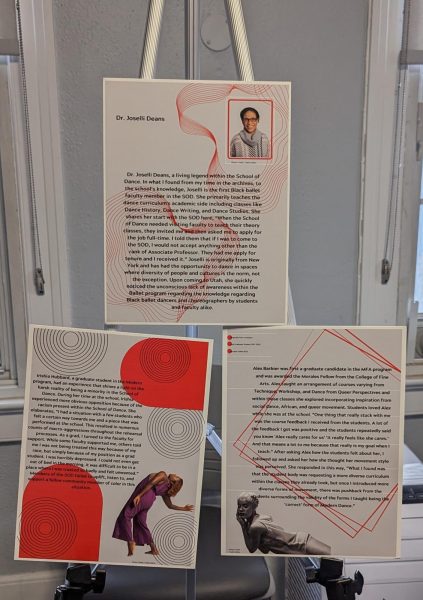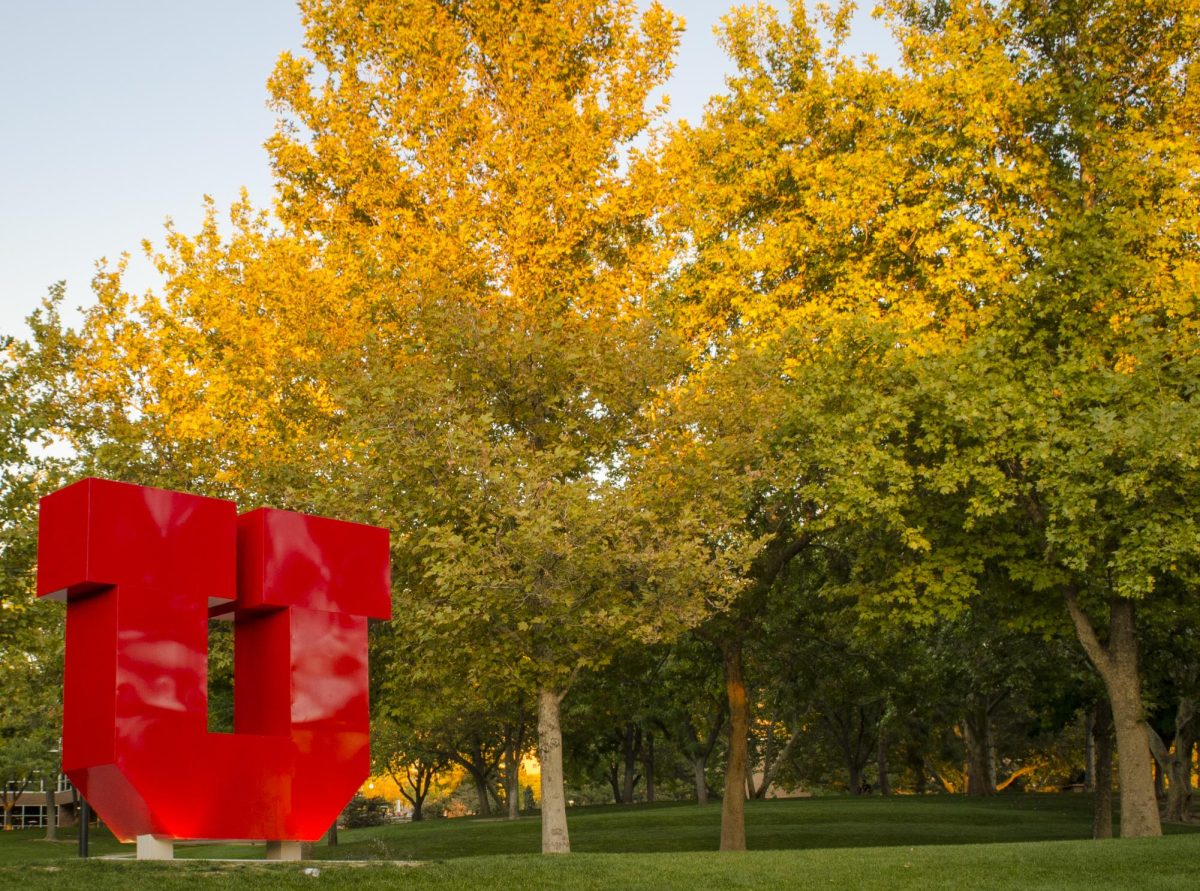In celebration of Black History Month, the Equity, Diversity & Inclusion office at the University of Utah showcased three student projects that focus on Black innovators, leaders and change-makers who have made an impact on the U.
The projects were done through the Black Faculty and Staff Community History internship, which provides students “an opportunity to learn how to navigate archives and special collections while centering the experiences of the Black community at the University of Utah,” their website reads.
Students who had taken part in the internship before, which started in fall 2022, were tasked with completing a project that centered on Black faculty or staff at the U between the 1950s and 1990s based on their research in the university archives and special collections.
Black Faculty and Staff Involved in Change
Callie Avondet, a history and sociology senior who interned in fall 2022, created a digital exhibit that utilizes archive material to focus on three forms of Black faculty resistance at the U in the early 1970s: creating and defending spaces, supporting students and creating the institute for the study of Black life and culture.
The exhibit is titled “‘Resignation is an Unacceptable Solution’: Black Faculty and Staff at the U during the Black Campus Movement.”
“As I spent time in the archives, and went through a couple of other project ideas, I realized that Black faculty and staff played key roles in supporting Black student protests and actually enacting institutional change,” Avondet said in an email interview.
In the exhibit, Avondet wrote about how Carl Mason, a Black counselor and Ph.D. student in the 1970s, supported meeting Black students’ needs that weren’t being met. That included “financial aid, housing availability, discrimination, hiring Black faculty and developing ‘a Black student’s [curriculum],’” Avondet wrote in the exhibit.
The digital exhibit explains these “enduring problems” led to a Nov. 13, 1971 protest organized by the Revolutionary Afro-American Forces (RAAF), where 13 Black students entered President Alfred C. Emery’s office to present a list of demands in a peaceful manner.
These demands included a total waiver of tuition and fees for economically disadvantaged students, a clear institutional commitment to minority student rights on and off campus and the creation of a Black Studies curriculum with student involvement in instructor and course selection.
The Chronicle reported on Dec. 3, 1971, the exhibit explains, that negotiations continued between the students, three Black faculty members and the university administration.
Avondet argues in the exhibit that the involvement of faculty and staff in the protest’s aftermath highlighted their important role in shaping the university’s response to the demands. Courtland Robinson, assistant professor and chairman of the Black University Community Steering Committee, was one of the faculty members involved.
In October 1972, Robinson wrote a letter to Jerry Anderson, the academic vice president, criticizing the administration for its lack of meaningful engagement with a proposal for a Black Studies program, emphasizing concerns about funding.
The exhibit explains in 1973, Black faculty, staff and students convened to formulate demands and recommendations for the program’s development. These included creating a faculty-based committee to determine the curriculum and putting a Black person in “a high level administrative position.”
“Undoubtedly, these letters and recommendations differ in name and delivery from the original demands that the RAAF gave President Emery,” Avondet wrote in the exhibit, noting that recommendations are very different than demands.
But Avondet added that these Black faculty and staff continued to support student activism and help “craft recommendations and curriculum for what would become the Institute for the Study of Black Life and Culture.”
Black Faculty in the School of Dance
Kiya Green, a modern dance and world languages and cultures junior, created posters focusing on three Black faculty in the School of Dance who have been or are currently still teaching at the U — Alex Barbier, Irishia Hubbard and Joselli Deans.
“I felt this project was important because there are currently little to no records of any Black faculty within the School of Dance and in this day with the technology we have, I was baffled that this was the case at the university archives,” Green said via email.
Green, who was an intern in fall 2023, said many of the faculty in the School of Dance have been super supportive about sharing her project and “continuing the conversation of inclusivity in the school.”
“I want my project to just be a stepping stone in our journey to making our spaces on campus more inclusive and appreciative of the work done by Black faculty in that journey,” Green said.

Deans, who teaches in the School of Dance today, was the first Black ballet faculty member in the school, according to Green’s research.
Green explained in her project that Deans came from New York, where she “had the opportunity to dance in spaces where diversity of people and culture is the norm, not the exception.”
But after coming to Utah recently, she “quickly noticed the unconscious lack of awareness within the Ballet program … regarding Black ballet dancers,” Green wrote.
‘The first Black faculty walking tour’
Hillary Curd, a history teaching and writing and rhetoric studies major who interned in spring 2023, created a “walking tour” that aims to educate students on the first Black faculty in the College of Medicine, College of Arts and College of Humanities.
Curd made three posters to be hung up in buildings corresponding to the college they focus on, each with a QR code that passersby can scan to learn about a few of the first Black faculty members in that college.
“I think this project is important for keeping the memory of these very impactful early Black faculty members alive,” Curd said via email. “They contributed so much to the university and to Salt Lake City and they deserve to be learned about.”
The posters will be on the Marriott Library website soon and will be hung in the buildings once Curd receives her final copyright approval.













